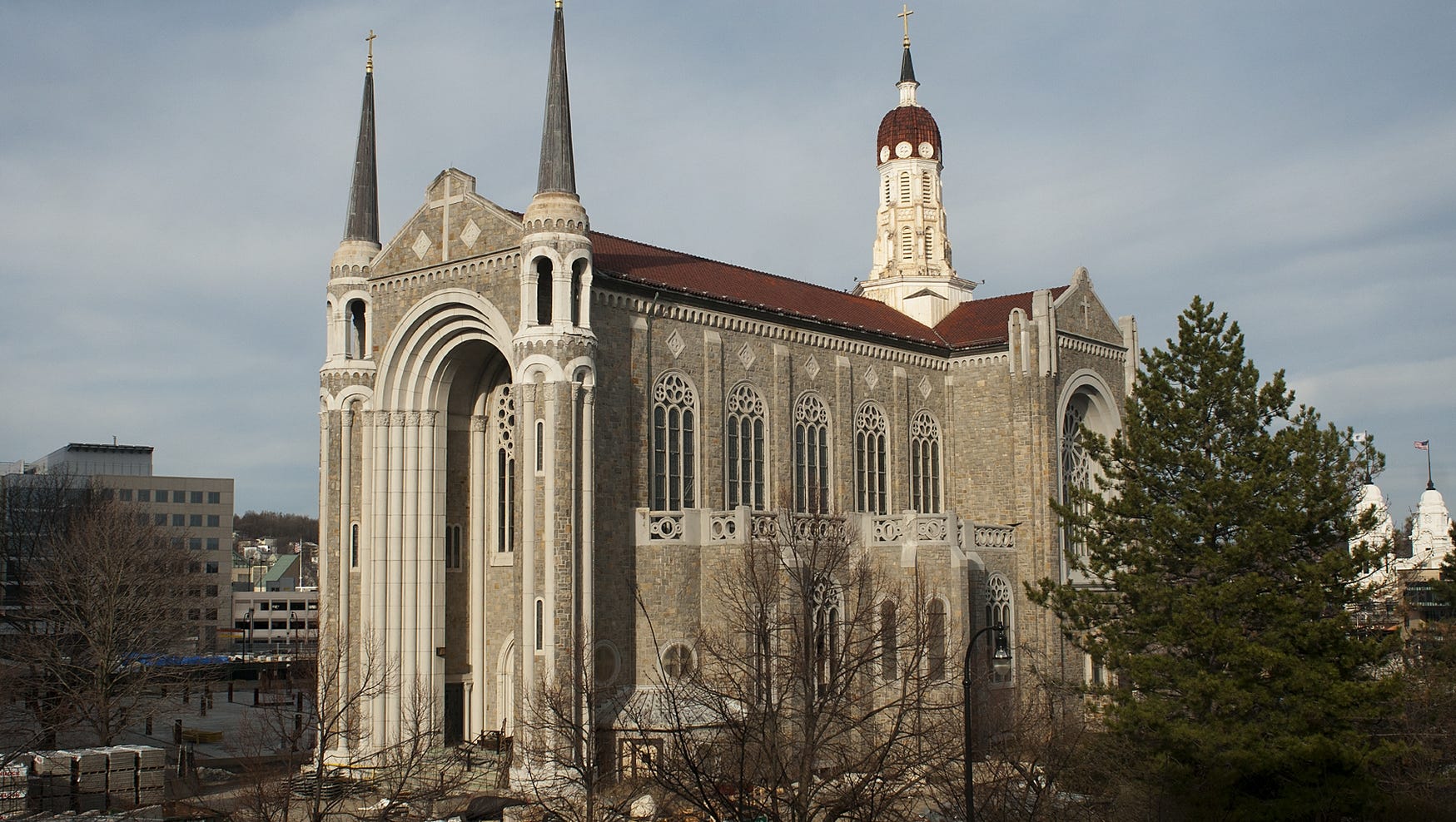Most of the 26 church buildings that have been sold are being used for new housing, but eight were purchased by other churches, including New Covenant, a 400-member evangelical Protestant church.
[...]
Other churches with strong ethnic identities like New Covenant's have found homes in former Catholic properties, including another Haitian congregation that bought St. Peter in Malden. A Serbian Orthodox church bought Immaculate Conception in Cambridge and a Greek Orthodox Church bought St. James in Arlington.
Jubilee Christian Church in Boston, one of New England's largest churches, purchased Our Lady of the Rosary in Stoughton as a satellite church for about 2,000 members who live in that area. Another Protestant congregation, Greater Faith Pentecostal Worship Center, bought St. Joseph in Boston's Hyde Park.
The little-known Swedenborgian church purchased Our Lady Help of Christians in Concord. And a Nazarene congregation bought St. Alphonsus in Danvers.






 IMG_2466
IMG_2466 IMG_2467
IMG_2467 IMG_2469
IMG_2469 IMG_2461
IMG_2461 IMG_2463
IMG_2463